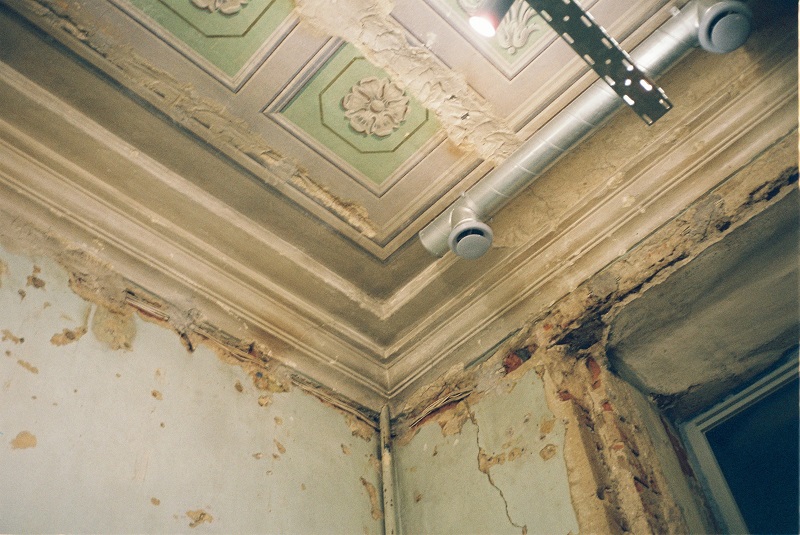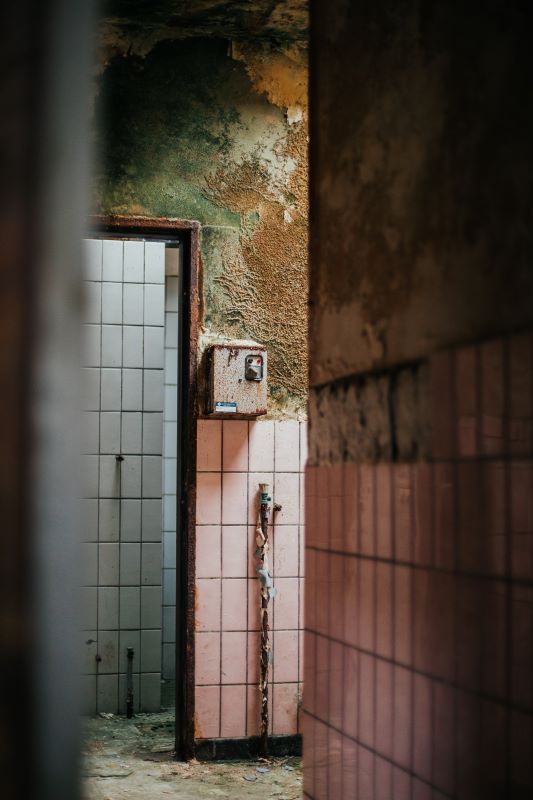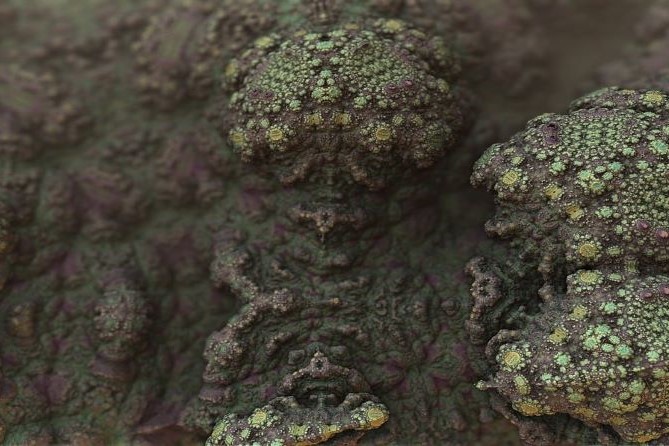It can be challenging to completely get rid of mold because it is a frequent problem in most properties. Brown mold is particularly common in properties with a lot of moisture and can show up in a range of shades, textures, and sizes.
Brown mold is common and comes in a variety of strains; therefore, the level of hazard varies according to the type and infestation. Here are some useful details about brown mold, is brown mold dangerous, and how to get rid of brown mold.
What is Brown Mold?

Brown mold, which consists of multiple species of mold, is common in places that are prone to or have serious water damage or leak issues.
You probably have brown mold if you notice dark, discolored areas on your walls, especially if they appear in groupings. It frequently contains a range of hues that are obvious to the naked eye, ranging from beige or tan to yellow or even black. It is also known to discharge observable spores into the air as well as having a strong musty odor.
If you are concerned that brown mold is spreading throughout the property, it is suggested that you contact a professional mold remediation service because brown mold can be challenging to destroy.
Types of Brown Mold

Brown mold is extremely hard to recognize solely from visual inspection since it frequently combines different mold species. The following are some of the most typical kinds of brown mold seen in properties:
Stemonitis
Also known as pipe cleaner slime, chocolate tube slime mold, tree hair, and hairy brown slime mold. These names come from the way it creates strands that resemble hair or feathers. Bathrooms and rotting wood are two examples of moist environments where it thrives swiftly.
Cladosporium
This type of mold usually looks dark brown or black, produces dark spores, and thrives in moist environments or places that have suffered water damage. It is well-known that if left untreated, it can result in allergies, asthma, and, in extreme circumstances, even lethal infections.
Ulocladium
This type of mold, which frequently develops as a result of water damage, needs much more moisture to survive than other types of mold. It can cause allergic reactions, illnesses, and even death.
Aureobasidium Pullulans
This type, which ranges in color from pink to black, is frequently found growing in a variety of environments and has a history of causing infections. It is especially dangerous to people who have underlying respiratory conditions.
Taeoniella
It is frequently found in wood and might look brown or black. It is a typical cause of wood rot.
Pithomyces Chartarum
It is a common, rapidly growing mold that can survive in a range of environmental circumstances and temperatures. It creates mycotoxins, which can be harmful to both humans and animals.
Bipolaris
This type of mold has filaments and is dark brown or black in appearance. It can harm your skin, brain, and eyes. This mold also affects crops, which is dangerous.
Chaetomium
Individuals are extremely prone to this kind of mold. Chaetomium has approximately a hundred different species. It usually grows outside on soil and the remains of dead plants. It might be dark brown or olive green. Your skin and nails might get severely infected by this mold.
Alternaria
This type of mold is dark brown or olive-black. This is soft, velvety, and occasionally covered in wool, which might make your asthma and fever worse.
Stachybotrys Chartarum
Although it is known as black mold, it can also occasionally be dark brown. Compared to other varieties of mold, it has the strongest odor, which is unpleasant due to its thick mustiness. It grows in moist environments, such as bathrooms or areas that have recently seen a flood. Sometimes it also appears powdery and slimy. Your allergic reactions could get worse; it primarily affects animals but can potentially seriously harm humans.
The color of mold may vary based on the age of the colony, the surface it is growing on, and the presence of other contaminants, therefore it’s important to remember that color is not certainly a trustworthy indicator of mold type. To determine the type of mold, it is important to have a mold professional inspect and test the mold.
Is Brown Mold Dangerous to Health?

If you suspect that your property has brown mold, it’s essential to reach out to professional mold services because some brown mold types are known to cause serious sickness and even death.
The following are some typical signs of severe brown mold exposure:
- Allergic Reactions
- Coughing
- Dizziness
- Eye irritation
- Headaches
- Rashes or Discomfort
- Sneezing
- Wheezing
Please consult a medical professional for more information if you are having any severe allergic reactions, infections, or symptoms.
Tips for Removing Brown Mold
Brown mold removal procedures are similar to those for other types of mold. Follow these tips if you discover dark stains or spots that could be brown mold:
- Use a goggle, disposable gloves, and a mask. Ensure that you don’t have any allergies or asthma.
- Combine three parts water, one part detergent, and one bleach bottle cap. Gently scrub the surface. Let it dry before scrubbing it again.
- Use vinegar or hydrogen peroxide as an alternative to detergent. Combine this substance in a ratio of one component to three parts water. Gently scrub the surface. Let it dry before scrubbing it again.
- Remove all absorbent things, including carpet and upholstery. Before disposing of it, double bag them and throw them as far away from your property as you can.
- Make sure the area has been thoroughly cleaned and is well-lit.
- Call mold remediation services as soon as you suspect a serious infestation.
Summary
Brown mold can be challenging to spot and even more challenging to remove. It commonly takes on the colors of brown, beige, and black, has been linked to excessive water damage and plumbing issues and, if left untreated, may quickly become a significant health risk.
All mold is potentially damaging to your health, and some types of brown mold are harmful, with exposure to them having an unusual potential to be lethal. This is true even if several types of mold are less dangerous than those that are most harmful like toxic black mold. If you think that your property may have brown mold, get professional help with mold testing, and if there is a problem, mold removal.


